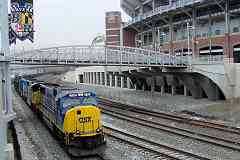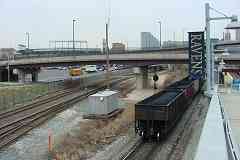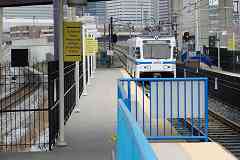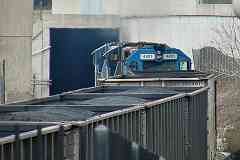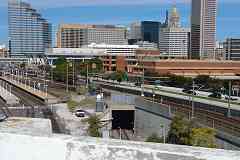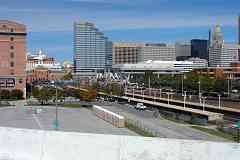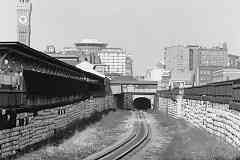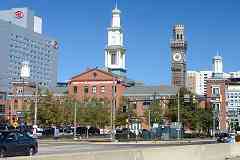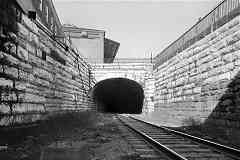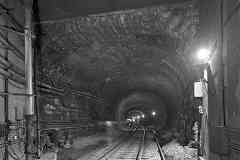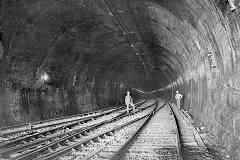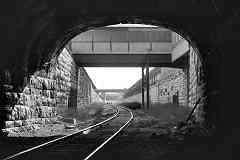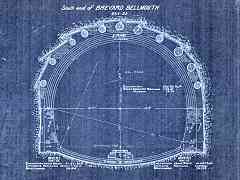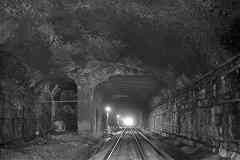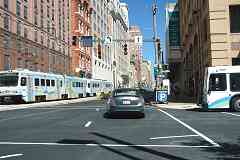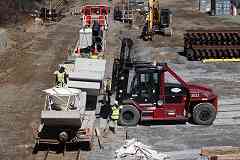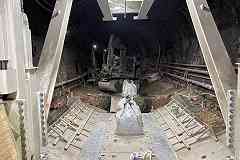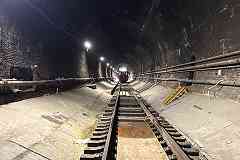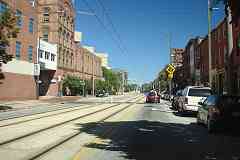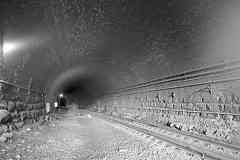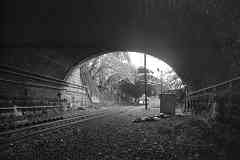|
Above the tunnel, it was thought the light rail would revitalize the Howard Street
corridor, a casualty of road changes and riots during the 1960s, but progress has
been very slow. Over fifty years later, there remain many unoccupied buildings
and storefronts.
As the city's prime shopping district, the Howard Street corridor centered at
Lexington Street had attracted 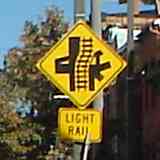 all the popular department stores of the era as well as many family-owned shops.
After the riots, many shoppers moved away -- the city's population declined by more
than 13% (over 100,000) between 1970 and 1980 -- eroding the tax base, and leaving
Baltimore financially strapped, with the expected decline in city services
and quality of life.
all the popular department stores of the era as well as many family-owned shops.
After the riots, many shoppers moved away -- the city's population declined by more
than 13% (over 100,000) between 1970 and 1980 -- eroding the tax base, and leaving
Baltimore financially strapped, with the expected decline in city services
and quality of life.
Light rail and autos awkwardly share Howard Street. Just past Madison Street,
the one-of-a-kind sign at right warns drivers a complex intersection lies ahead.
The tunnel is 49 feet below the surface here, the deepest it gets.
Links:
1961,
1968 riots
Change for: Baltimore light rail tour at this site
| 